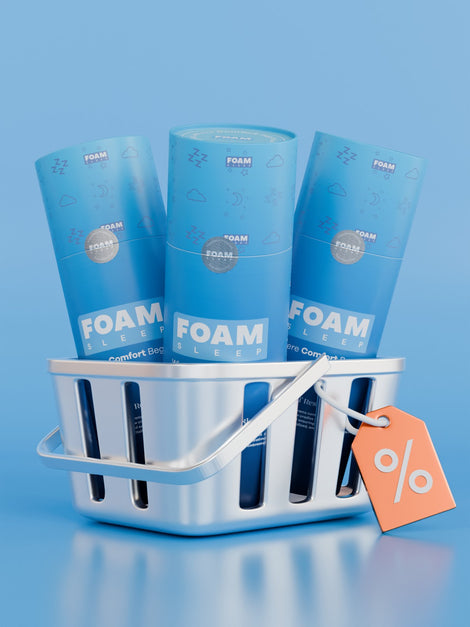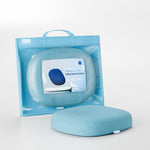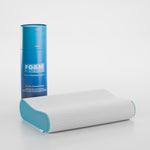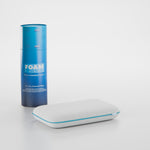What is Scoliosis and How is it Identified?

Scoliosis is a condition characterized by lateral curvature of the spine. It can present as a rightward or leftward curve, causing the spine to deviate from its normal S or C-shaped alignment. Scoliosis typically begins during growth periods and is commonly diagnosed during childhood or adolescence, though it can rarely emerge in adults as well.
Scoliosis can have multiple causes, but in most cases, the underlying cause remains unknown—a condition termed "idiopathic scoliosis." Idiopathic scoliosis may result from the complex interaction of genetic, hormonal, or environmental factors. Other types of scoliosis include congenital scoliosis (abnormal spinal formation present from birth), neuromuscular scoliosis (arising from nerve or muscle disorders), and degenerative scoliosis (curvature related to age-related changes in spinal joints and discs).
Symptoms of Scoliosis
The symptoms and severity of scoliosis can vary significantly from person to person. While some individuals live with mild curvature, others may develop more severe and progressive scoliosis. Potential symptoms include asymmetry of shoulders or hips, visible spinal curvature, muscle prominence around the spine, back or lower back pain, fatigue, shortness of breath, and postural abnormalities.
Asymmetry: You may notice pronounced asymmetry or inequality between shoulders or hips. One shoulder may appear higher than the other, or one hip may be more prominent than the other.
Visible curvature: In cases where the spine curves laterally, you may observe a noticeable deviation. The spine's shape may have departed from its normal configuration.
Muscle prominence around the spine: Individuals with scoliosis may develop muscle prominence or pronounced musculature around the spine. These muscles may develop as they attempt to maintain spinal balance.
Postural abnormalities: People with scoliosis may experience postural disorders. Forward bending, kyphosis (hunchback), or other abnormal postural patterns may be observed.
Pain and discomfort: Scoliosis can often lead to back or lower back pain. Additionally, some individuals may experience symptoms such as fatigue, shortness of breath, or movement restrictions.
If you are experiencing any of these symptoms, it is important to consult with a physician. Proper diagnosis and evaluation of scoliosis requires examination by an orthopedic specialist or a doctor specialized in scoliosis treatment. The physician will diagnose scoliosis through physical examination, imaging tests (X-rays, MRI, etc.), and measurements.
Treatment of Scoliosis
Treatment for scoliosis varies depending on the severity of the condition and the patient's age. In mild scoliosis cases, physical therapy and exercise are typically recommended. This is a treatment approach designed to prevent further spinal curvature and alleviate pain. In severe scoliosis cases, surgery may be necessary.
However, it's important to remember that scoliosis treatment is individualized, and each person's body responds differently. Therefore, it is beneficial to consult regularly with your doctor to find the most effective treatment approach.
The FOAMSLEEP Prime Back Cushion is used to control scoliosis progression, support the spine, and correct posture. Here are the important factors of orthopedic cushions in scoliosis treatment:
Posture Correction: Scoliosis is a condition where the spine exhibits lateral curvature. Orthopedic cushions support and align the spine to promote proper posture. This can help prevent the progression of scoliosis.
Support and Stabilization: Cushions used in scoliosis treatment provide spinal support and stabilization. This can help maintain proper spinal alignment and reduce curvatures.
Muscle Training: Orthopedic cushions train and strengthen muscles to use them correctly. This can reduce pressure on the spine and contribute to postural correction.
Development of Good Postural Habits: Cushions used during scoliosis treatment support proper postural habits. This helps individuals adapt to better postural positions in daily life and is important for controlling scoliosis progression.
The use of orthopedic cushions in scoliosis treatment should be carried out under your doctor's recommendation and guidance. Your doctor will determine the appropriate cushion type and duration of use based on the characteristics of your scoliosis and your specific needs.
For more information about our orthopedic support products, visit fomsleep.com




